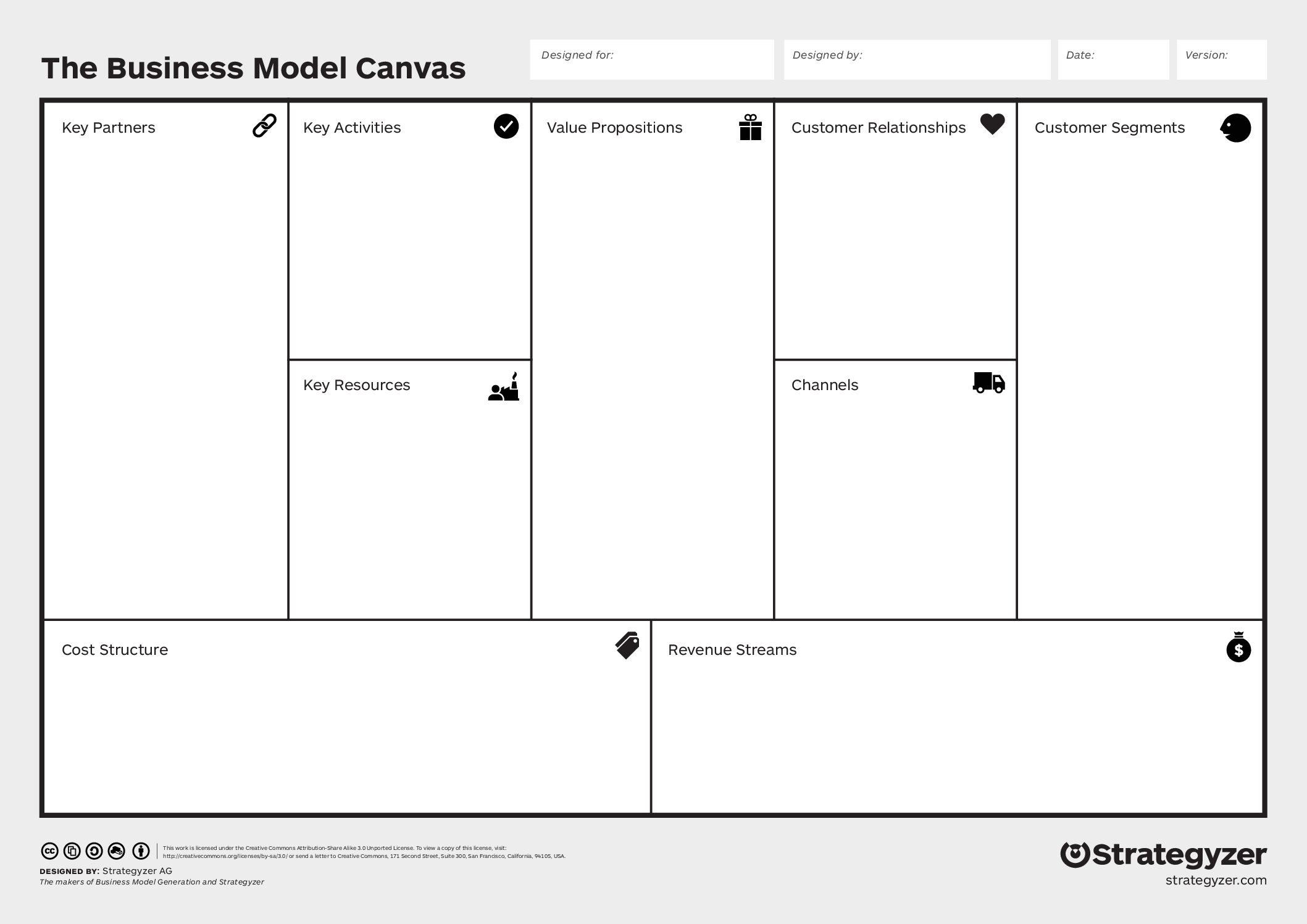What Is a Business Model and Why Your Artistic Business Needs One
As a creative person who wants to earn a living, you might think that’s as easy as selling the fruits of your creativity. That’s true on some level, but it’s likely not enough to get you to a point where you can sustain yourself. Having a business model that you understand and can craft into a business plan will help you get more time in the studio doing what you love!
If you desire to build a sustaining business out of your creative practice, sign up for our newsletter with insights on creating a business that gives you more time in the studio.
—
When you look at the careers of successful artists, it might seem like they got there through sheer luck. Maybe they were at the right place at the right time. They found a patron or stumbled into a relationship with a dealer when out on the town. But that’s probably not the case.
The truth is that more often than not, getting to the point where you’re earning a living off your art takes more than just divine intervention. It takes thoughtful planning. That’s where having a business model for your art comes in. Hours spent building your business model will give you many years in your studio.
What Is a Business Model?
A business model is a plan that describes how you intend to make money. Every business—no matter what size or type of business it is—needs to have a business model. A business plan, built around a business model, gives definition for what needs to be done, and prepares for when things don’t go as expected. A plan can also be used to attract resources, money and talent, to a firm.
Business models can be simple or complex, but they do need to have some key ingredients if they’re going to be useful. While larger businesses often use very complicated business models, I find the Business Model Canvas to be the easiest and least cluttered way for an artist to conceptualize their business.
In my experience, a business plan, which we will connect to the model, minimally needs:
Executive Summary: A short description of what the business is, what it does, and who it does it for.
Market Analysis: An understanding of how an artist’s work, the products, fits into the market; i.e. is it fine art, public art,
Marketing Plan: A method for identifying and attracting audience and customers.
Sales Plan: A process that identifies your sales goals (transactions), tactics, and challenges for closing sales.
Finances: A description of your sources and pricing, and the costs required to produce the goods or services.
Team Players: The critical people that make the business run. That certainly includes yourself, but it might include staff, partners, vendors, venues, etc.
For internal purposes it is valuable to have a plan of operations. These are the manuals for production and process for delivering services, as well as the means of maintain great company culture.
Of course, none of these items exist in a vacuum. You need to understand how they connect and influence each other.The business model canvas is a tool that outlines and connects the different aspects of a plan.
Value Proposition: What is the unique value that your work brings to your audience?
At the heart of any business is the value it is producing for the world. This will influence internal operations of production and external communication of marketing and sales. The executive summary of a full business plan will focus on the value proposition and concisely address other facets of the plan.
Customer Segments and Channels: Who are your customers and audience? Who will value what you are doing? How will you present the value of what you are doing with them? The marketing portion of a business plan will identify customers and define methods of connecting with them.
Customer Relationships: How will you build a relationship with someone from meeting for the first time to being a repeat audience member or customer? Sales is about building relationships, a sequence of exchanging value. The plan for sales will define the process the business uses to develop and grow meaningful relationships with its audience.
Revenue Sources + Cost Structure: How will the business make money, what will it cost to generate the revenue. The financial piece of a business plan has many details and most relate to revenue and expenses. The plan may also define sources of outside cash like investors, patrons and traditional banks.
Key Partners + Key Activities + Key Resources: How does the business make its product or deliver its services? What special relationships, resources or skills are required? This is the operational plan for making a product or delivering a service. A note on partners, they are critical vendors and others necessary for your operations who also share in risk and reward.
Do You Need a Business Model?
I hope that by the time you’ve gotten to this point, you realize the answer is a resounding YES! Putting them together can be challenging, particularly if you’ve never done one before. That’s where I come in! I’m happy to help you strategize your business model. Contact me to schedule a chat or join one of our Creative Coworking sessions.






